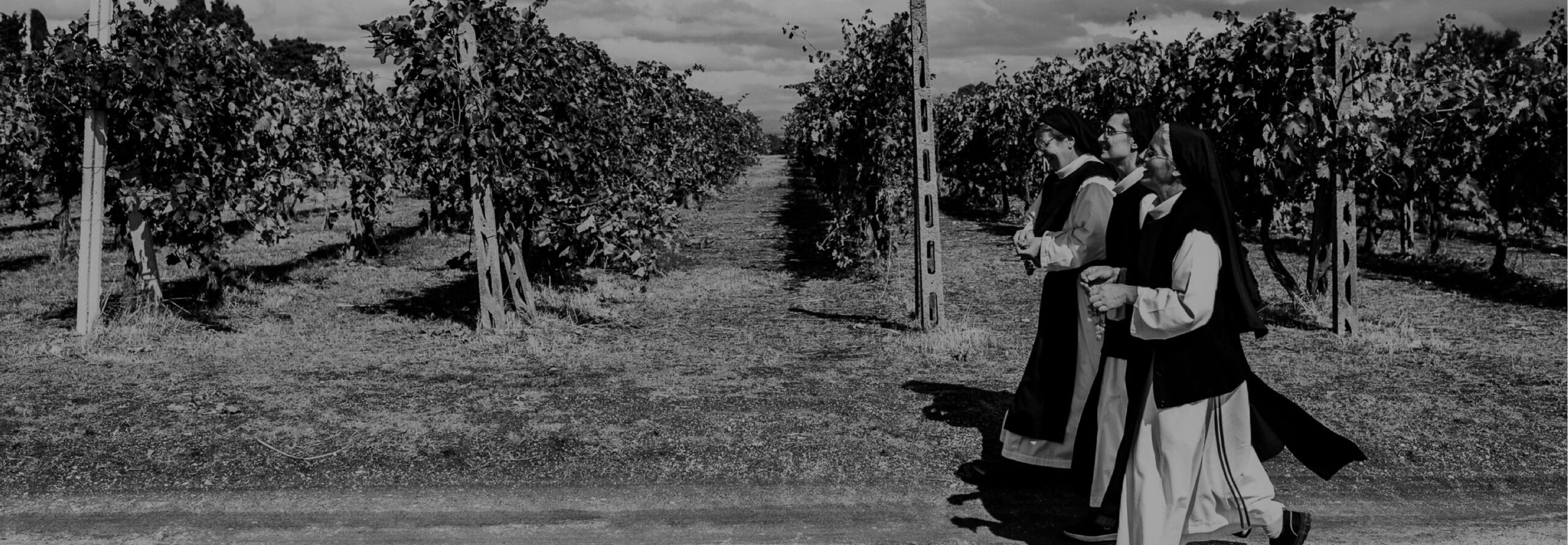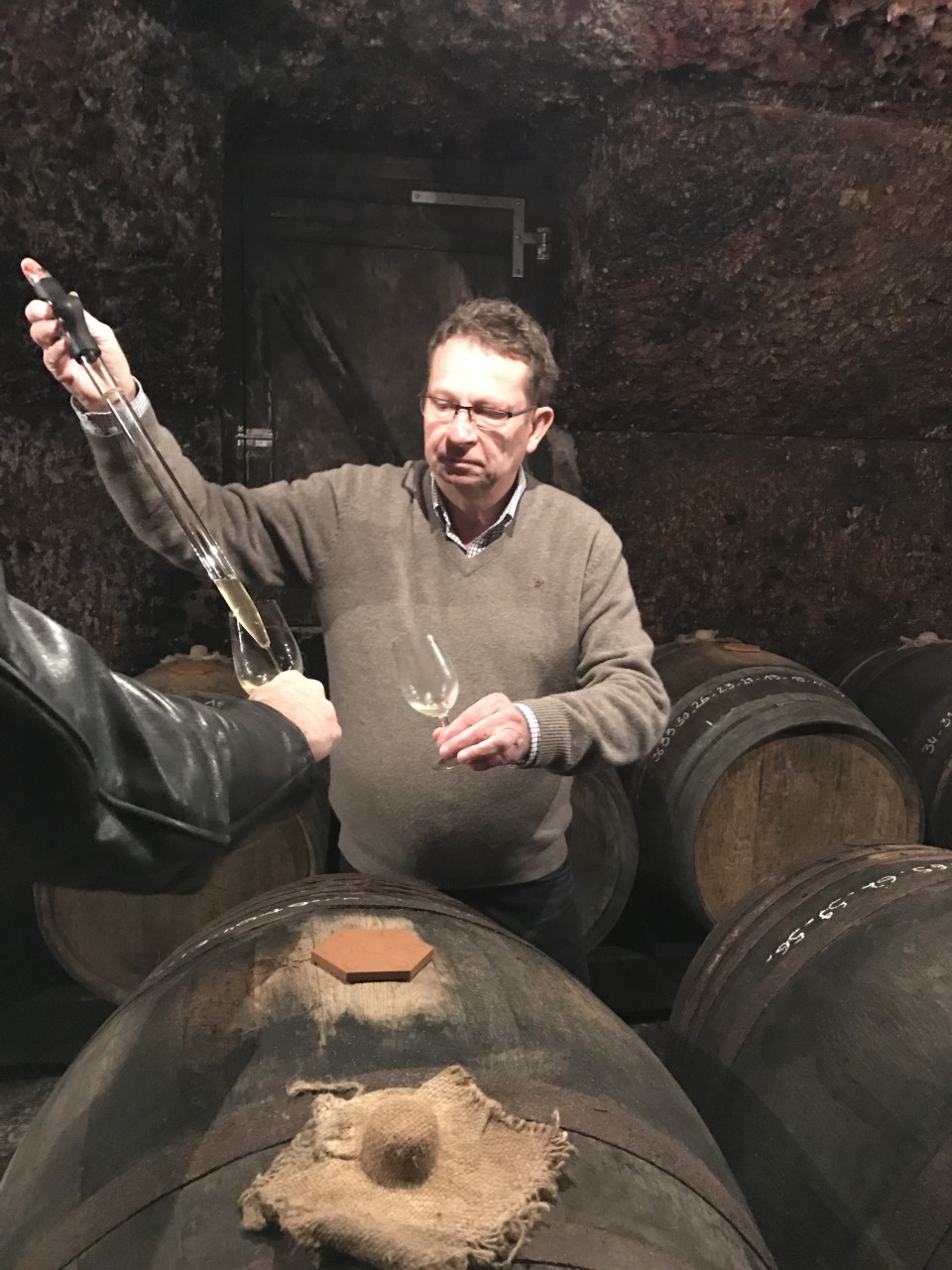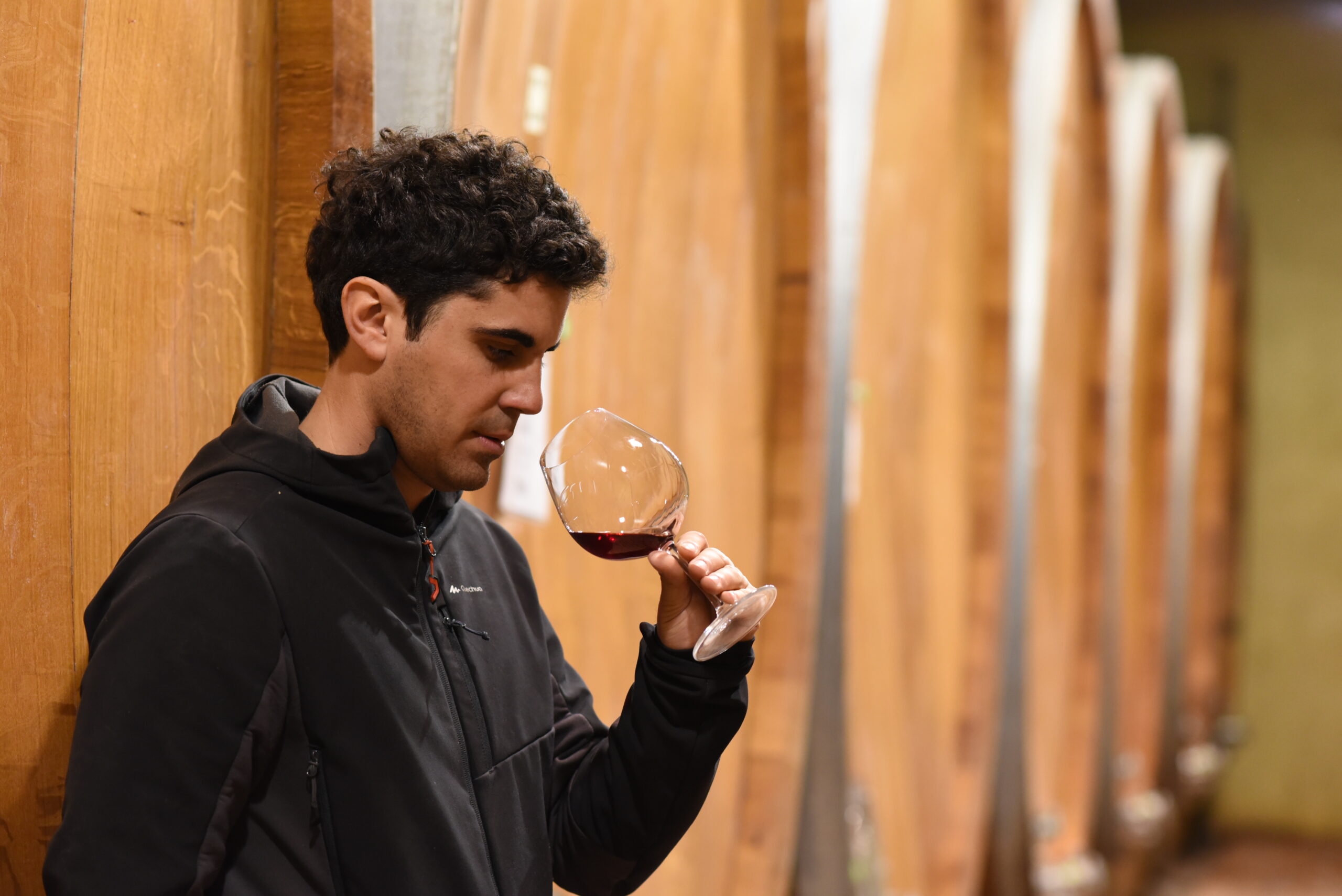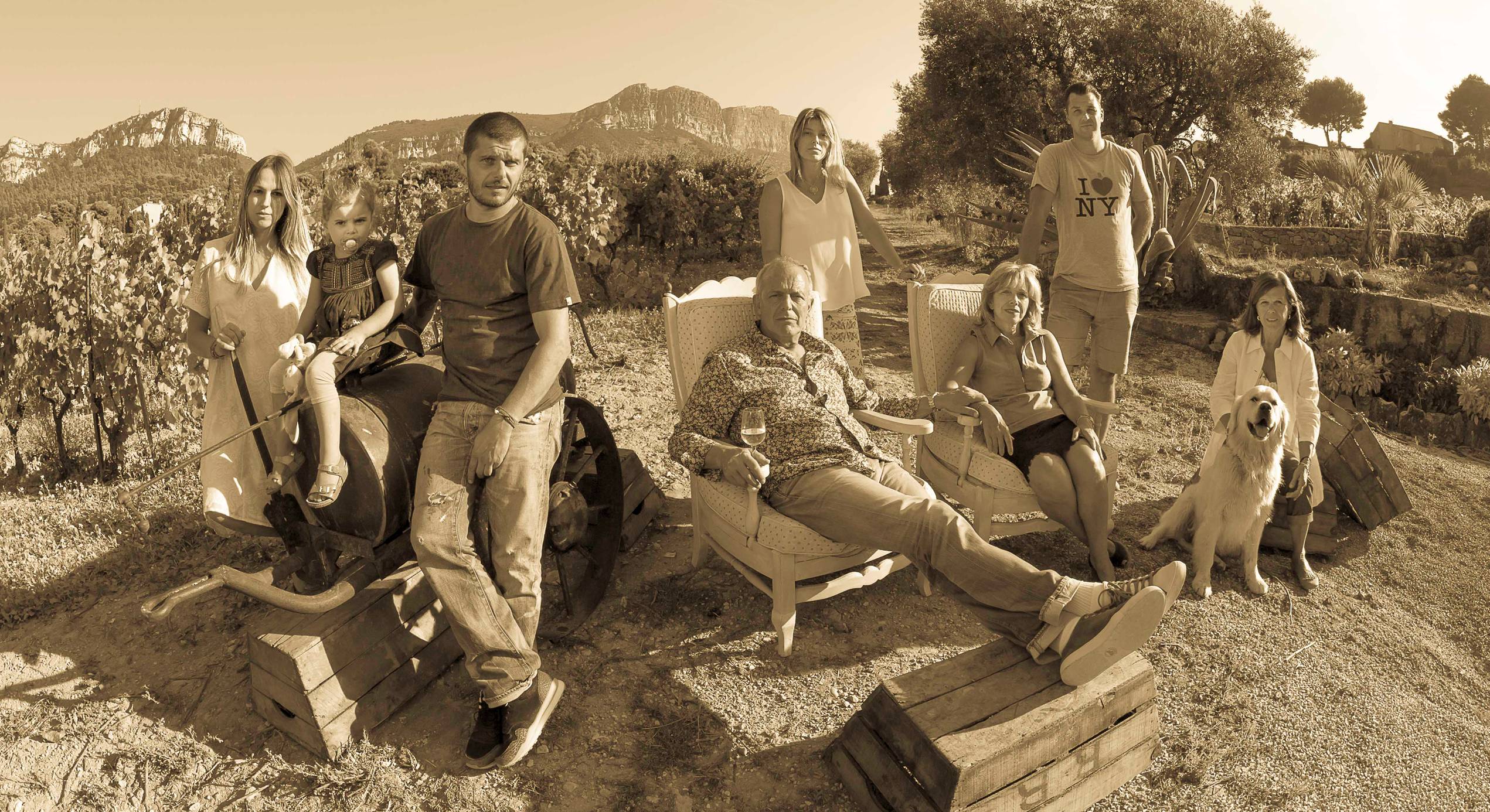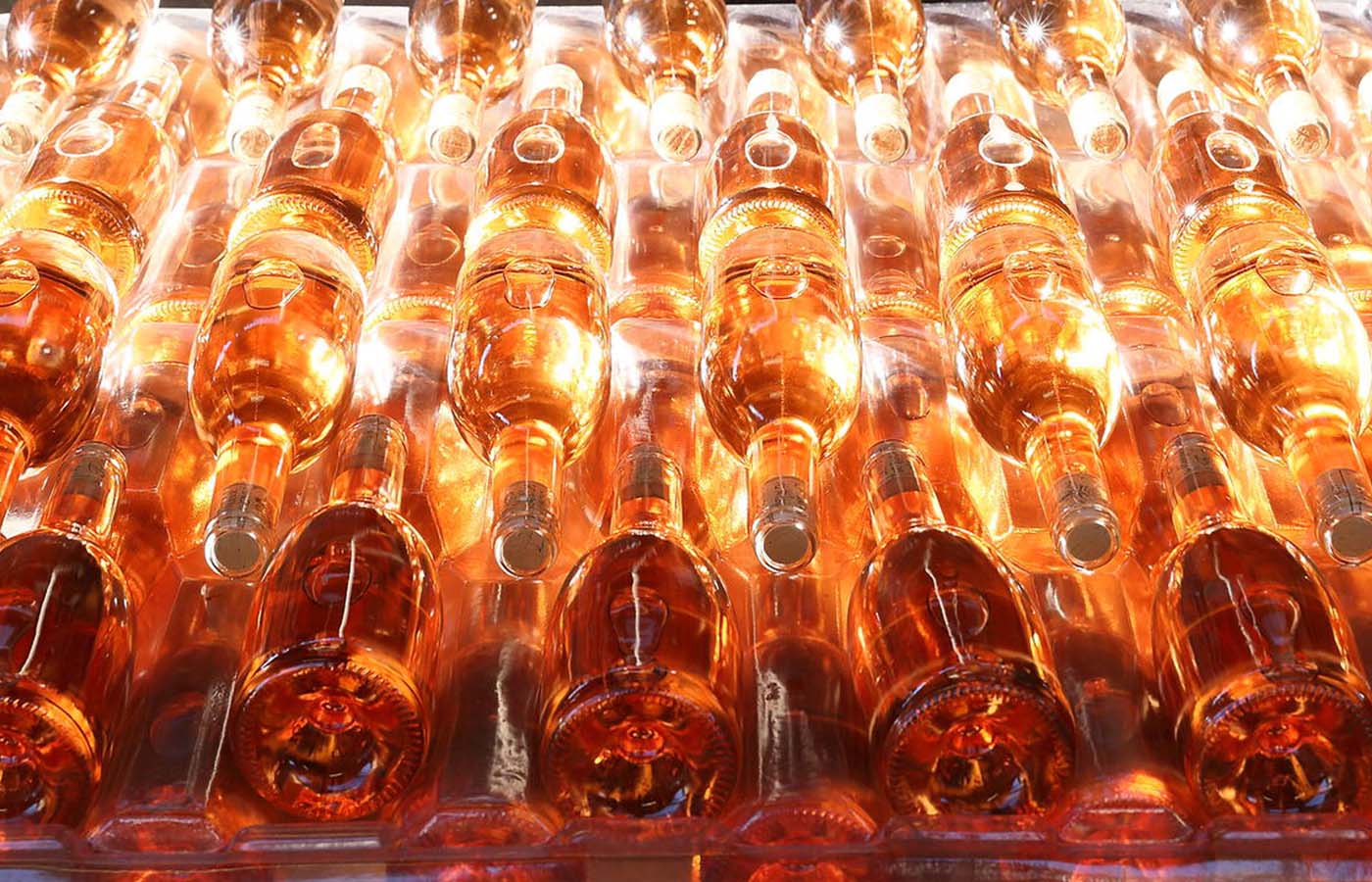
The overall character of the 2022 rosés is different: nimbler in feel, less weighty on the palate, and slightly lower in alcohol across the board
2022 Vintage Snapshot
One begins to feel like a broken record describing French growing seasons in this era of climate change. Yet, while the 2022 vintage—which comprises the bulk of our offering this year—was broadly similar weather-wise to recent vintages like 2019 and 2020 (very hot and very dry, with early flowering and an early harvest), the overall character of the 2022 rosés is different: nimbler in feel, less weighty on the palate, and slightly lower in alcohol across the board. While this is certainly due in part to the irreducible uniqueness of individual vintages regardless of their surface similarities, it is the case that growers across France have been adjusting their working methods in recent years to accommodate this “new normal”—pruning later, retaining more leaf cover during the season, and harvesting earlier and more rapidly (especially important when maturity levels are skyrocketing during these atypically hot harvest periods)—and these adjustments have borne positive results, not only for whites and reds but for rosés as well, as this collection of 2022s demonstrates convincingly.
In Bandol, Etienne Portalis of Château Pradeaux reported his earliest harvest ever in 2022 (September 7th to September 24th), yet his rosés in ’22 are higher in acidity than either 2020 or 2019. Domaine du Bagnol in Cassis reported a similarly scorching-hot and dry growing season, with only 250 milliliters of rain for all of calendar year 2022, but their rosé ended up fresher and saltier than the 2020 and the 2019. In the seaside Côtes de Provence sub-appellation of La Londe, Château Les Mesclances produced rosés of modest alcohol (between 12.5% and 13%), partly due to the season’s intense drought blocking maturity for a spell during August—a widespread phenomenon across the south of France. And, further inland, Domaine Gavoty in Cabasse witnessed similarly extreme conditions, with an average temperature exceeding that of 2020, and harvest taking place earlier than ever before.
These regions more or less followed suit with Provence in 2022, experiencing high temperatures and borderline drought conditions, yet producing rosés of greater freshness and lift than in recent years. Sylvain Morey of Bastide du Claux in the Luberon reported an ultra-hot season which yielded grapes with very little juice and a dearth of malic acidity, but his 2022 rosé offers excellent poise, with a drier overall feel than in recent similarly warm years. In the southern Rhône, Gilles Gasq of La Manarine and the Soard family of Domaine Fenouillet likewise produced well-balanced rosés of modest alcohol despite the growing season’s excessive temperatures and lack of rainfall.
After the brutally difficult 2021 growing season, which resulted in drastic yield reductions for most growers in the Loire, 2022’s relative bounty offered welcome relief, even if conditions were similar to those in the south of France in terms of intense heat and dryness. Château de Chaintres in Saumur-Champigny experienced their second-earliest harvest ever, finishing everything by September 29th—a day earlier than harvest began in 2021. Similarly, in Sancerre, Gilles Crochet of Domaine Lucien Crochet finished picking on September 21rd in 2022—two days before 2021’s harvest started. The rosés of both estates, however, show excellent balance without unwelcome weight or viscosity. In Menetou-Salon, Philippe Gilbert explained how the frost damage of 2021 led to an advantageous overproduction in 2022—providing just enough dilution to mitigate the high alcohol level and intensity of fruit a hot season like 2022 otherwise would have produced.
Related
